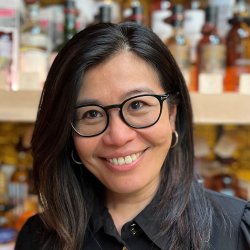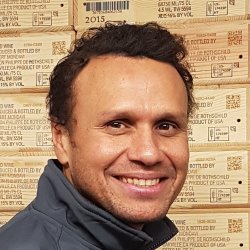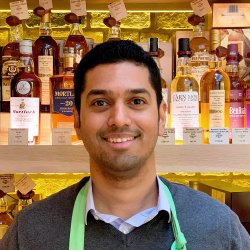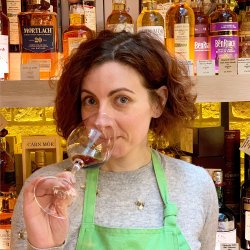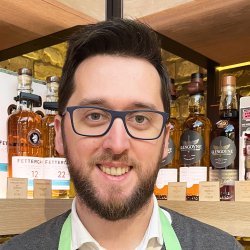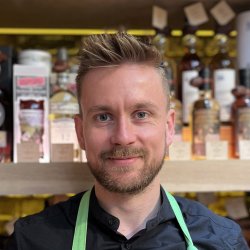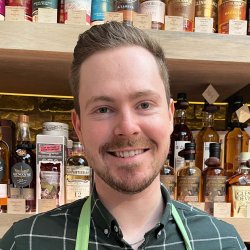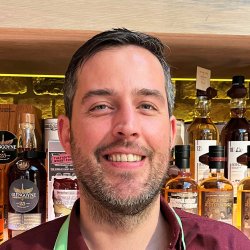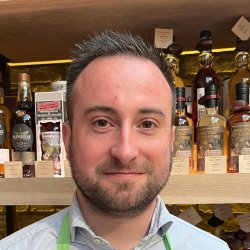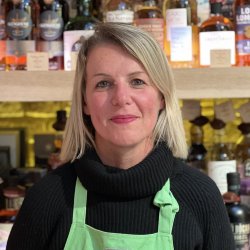Hedonism Meets... Barney Wilczak, Capreolus
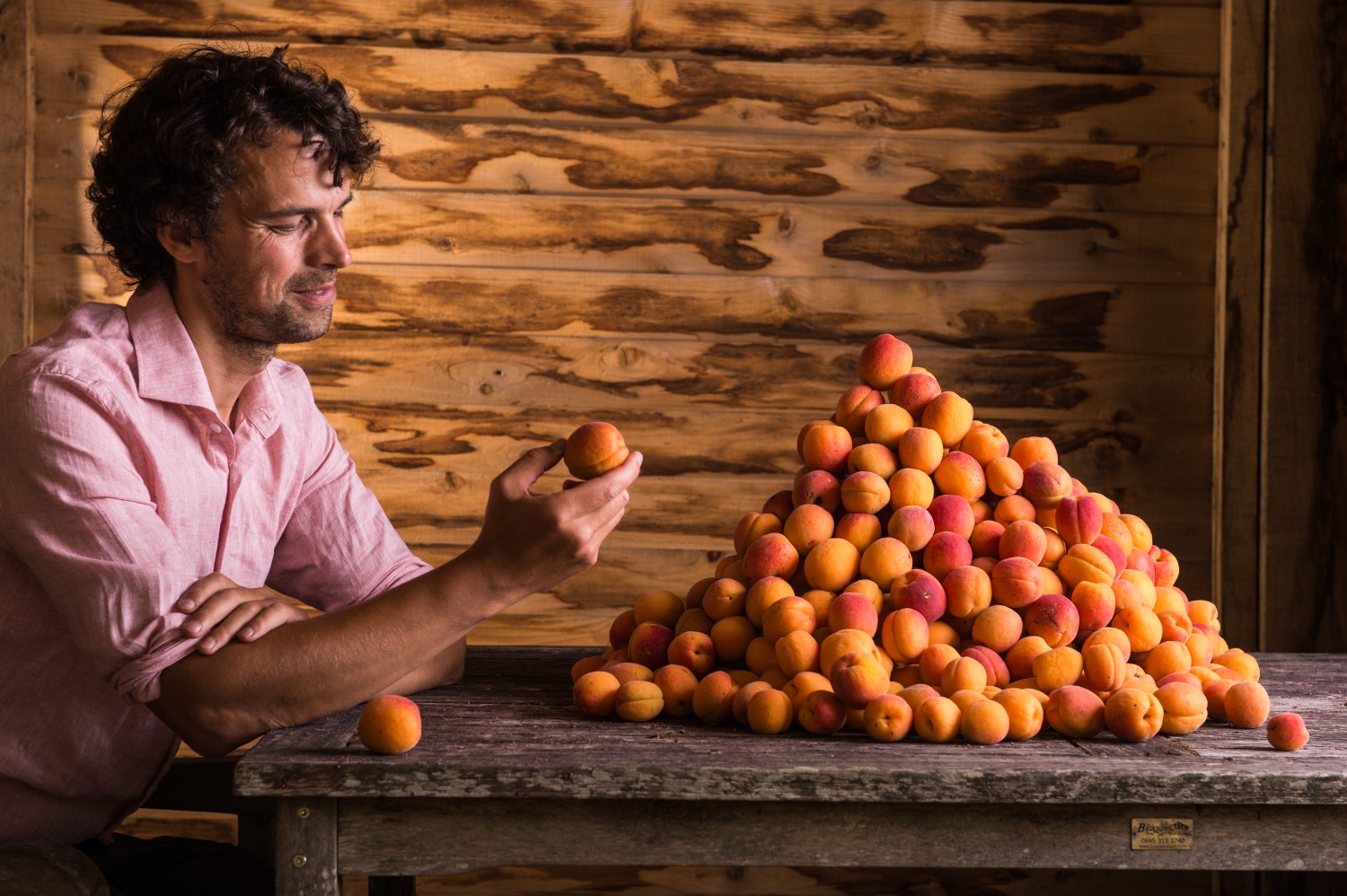
Hedonism Wines catches up with Barney Wilczak, Founder and Master Distiller at Capreolus Distillery, a unique producer of Eaux de Vie, located in the picturesque landscape of the Cotswolds. Barney shares the story of how the recent Hedonism Wines collaboration came about - for which we have worked together on the first ever English Apricot Eau de Vie as an exclusive bottling. Read on to discover more…
“…fruit distilling allowed me to capture moments of beauty, expression and the terroir of the area where I lived”
What is the story behind the Capreolus distillery, and how did it come to be founded?
Capreolus was born from a hobby that became an obsession. I was formerly a conservation photojournalist and found that in a very similar manner fruit distilling allowed me to capture moments of beauty, expression and the terroir of the area where I lived. Years of translating textbooks and scientific papers from across Europe gave me a grounding to start with, but our isolation in this form of distillation (Eaux de Vie are almost unheard of here) has meant that I have been able to develop my own practice. We focus on fermentation with wild yeasts and the evocation of both fruit, parent plant, landscape and climate.
With a desire to spend time with my partner Hannah, I left photography and set up a small distillery from my childhood home - the lean-to greenhouse houses our stills and we will hand grade around 50 tons of fruit in the garden this year alone. The reaction to these very personal and purely quality-driven expressions has been so overwhelming - from Hedonism to some of the world’s best restaurants, it remains a surreal feeling to see my own work placed alongside my heroes.
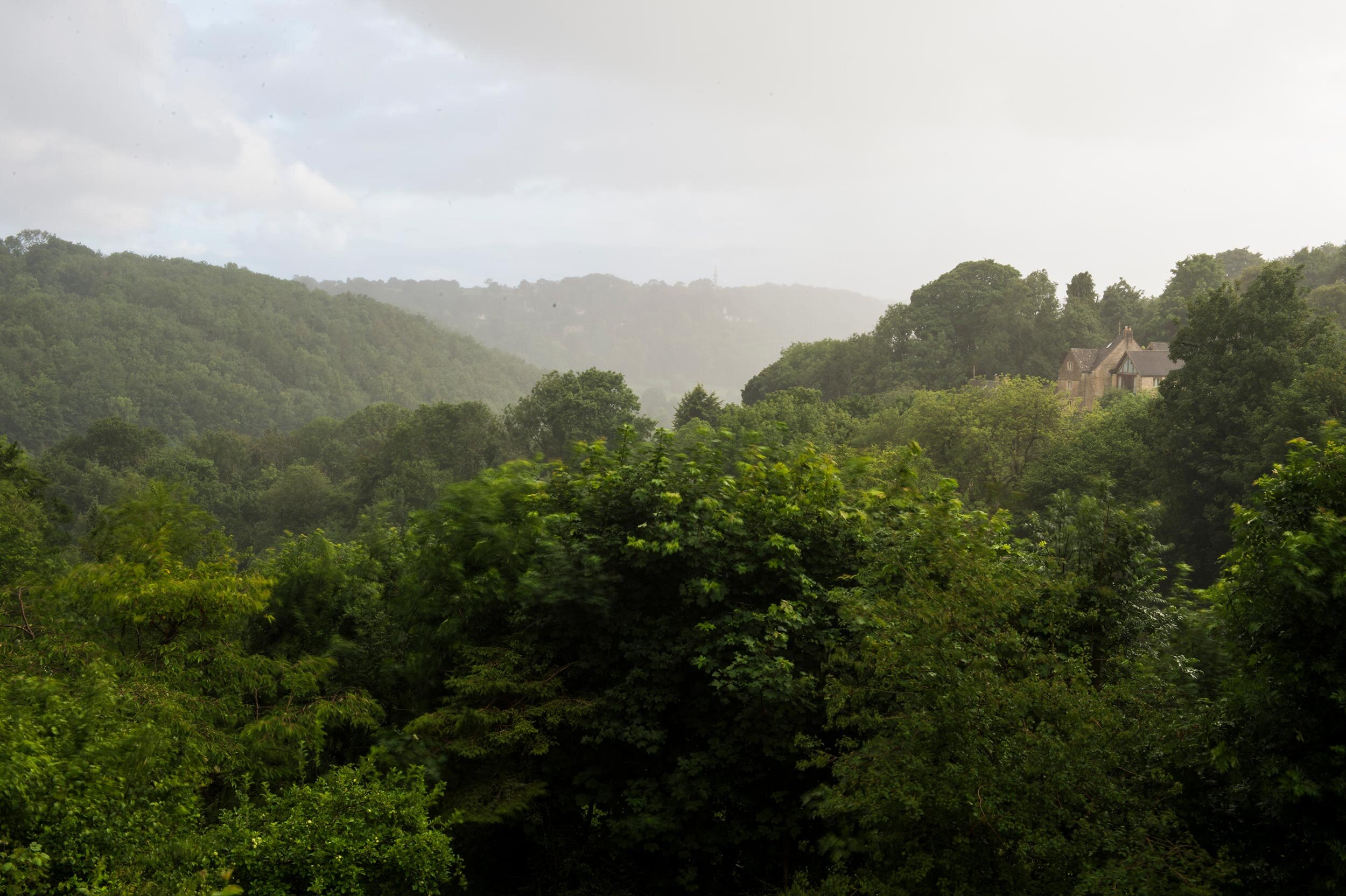
Can you tell our readers a little about how the Hedonism Exclusive Apricot Eau de Vie collaboration came about? What is it that makes this Eau de Vie so unique?
Our reputation for demanding absolute quality has become well established locally, so when one of my most trusted farming friends rang to say his neighbour had some absolutely stunning apricots I made a very quick decision! Apricots are a relatively unknown crop in this area (this is the first ever English apricot EDV to be distilled) and our 50 mile working limit meant that I thought I would never would have the opportunity to work with them. However, as a mid-season plum they ripen beautifully, providing full aromatic quality but lower sugar levels in our maritime climate. This meant that there is a greater compression of aroma and flavour, 23kg of fruit in each litre (to compare, a typical whisky would be 1kg grain per litre), which in turn reveals more detail and complexity. The results are truly breathtaking and almost evoke the sensation of sun on your skin.
When the fruit arrived, I had put a few images on social media. Our good friend and spirits buyer Ben Murray saw these and contacted me to see if I was working on anything “exciting” that had potential for the 10th year anniversary… the decision was made in principle before we had finished distilling the fruit!
For readers discovering Eau de Vie for the first time, can you explain in simple terms what it is and how it is produced?
Eau de Vie, translating as “water of life”, is a way of preserving the essence of fruit. Fruit is picked at peak ripeness, crushed, fermented and distilled. The spirit that is collected from the stills is clear, completely dry and yet carries the essential oils of that fruit. When they are produced to the highest standards, they are nearer to the work of the perfumier who looks to preserve the absolute essence of a plant and are wonderfully transportive. In my very biased opinion, they are amongst the most demanding of spirits to produce well. Sadly, après ski has a lot to answer for in most people’s experience of lower quality Eaux de Vie and grappas!
Where does the distillery get its name, ‘Capreolus’?
Capreolus capreolus is the scientific name for the Roe deer. It is a stunningly beautiful animal and for me such an iconic species for our area. Their ephemeral nature, slipping silently away whether in open countryside or poaching my vegetable patch(!), felt like a perfect parallel to this discipline of experiencing and isolating these moments of perfection.
Why did you settle upon the Cotswolds to be the home of the Capreolus distillery?
I was raised here and was of course influenced by being amongst an area with such a hugely rich and varied history of fruit breeding, with myriad local apples, pears and plums. It is an easy choice and one that allows us to focus in this very intensively terroir driven approach.
Here at Hedonism we sell a range of your products, from Perry Pear to Greengage, Raspberry and Blackcurrant. Where do you source the primary fruits for your distillations?
We are incredibly lucky to work with a handful of typically small, family run farms that share our approach to fruit quality. By drawing a 50 mile limit on sourcing we are able to draw a fingerprint across these very varied fruits that expresses the tension and freshness our local climate excels at producing.
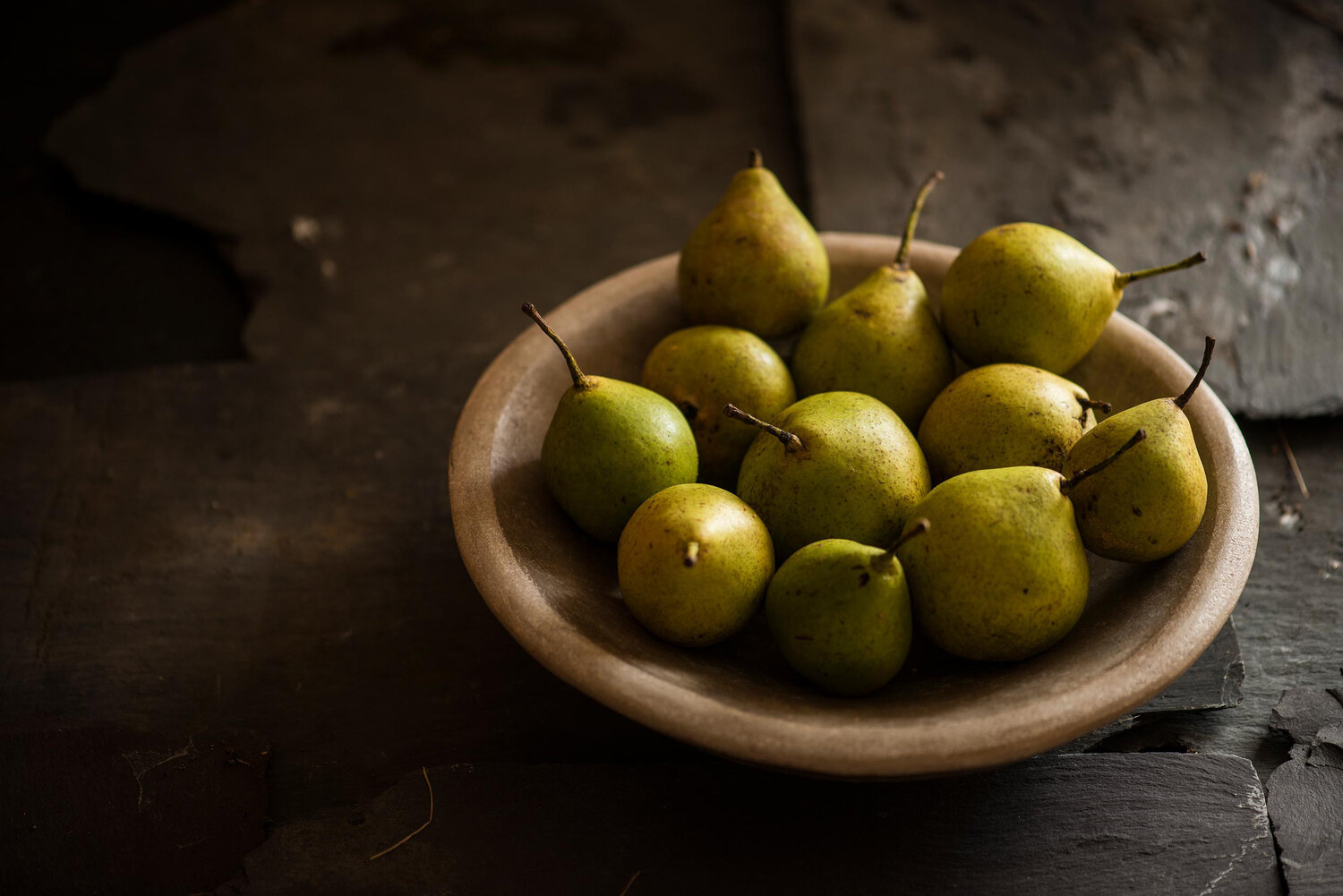
“…a spritz over effervescent champagne, a drop in a martini or even a spoon over ice cream is incredibly indulgent!”
How would you recommend serving and storing your Eau de Vie?
These are very fine and detailed spirits. Chilling will suppress their aroma and flavour so I would suggest serving them neat at 16-18°C in a digestif, whisky or even a white wine glass. This smaller diameter but longer bowl means that alcohol isn’t promoted but aroma is captured. They have such beautifully concentrated flavour that a single drop on your palate will be enough to fill your whole mouth.
Although they are typically drunk neat, their concentration also lends them to use in cocktails and cooking in almost bitters like amounts; a spritz over effervescent champagne, a drop in a martini or even a spoon over ice cream is incredibly indulgent!
What does a typical day as Master Distiller involve?
Withstanding that I would never apply the term Master to myself (a lifetime of learning to come I hope!) a typical day in our long fruit season would involve a balancing act between hand sorting fruit, checking with our farmers for predicted ripeness of forthcoming crops (always very fluid!), talking to sommeliers, distilling and working through emails. On spirit run days, the final distillation where we have the equivalent of up to 3,000kg fruit in our 180l still, this all stops as far as possible and concentration is absolute.
Most importantly, this is balanced by time spent with my partner Hannah, our baby daughter Lucia and walking with my Bedlington terrier, Pippin.

“…we are part of a small and growing international community who really are striving to produce products that really do justice to these wonderful fruits.”
In your eyes, how is the Eaux de Vie industry evolving?
Eaux de Vie are still seen as agricultural products in many of their strongholds which hasn’t always promoted the highest quality. Where there are hundreds of small, quality focused winemakers the prohibitive nature of the expense, required fruit quality and unforgiving nature of the process, it is still a limited field at the top end. However, we are part of a small and growing international community who really are striving to produce products that really do justice to these wonderful fruits.
Is there any anything else you might like to share with our readers?
As with all fields of wine and spirits - explore. There are so many ways producers can express themselves and one experience does not make a category - I am offering full licence for you to enjoy the shelves at Hedonism!





